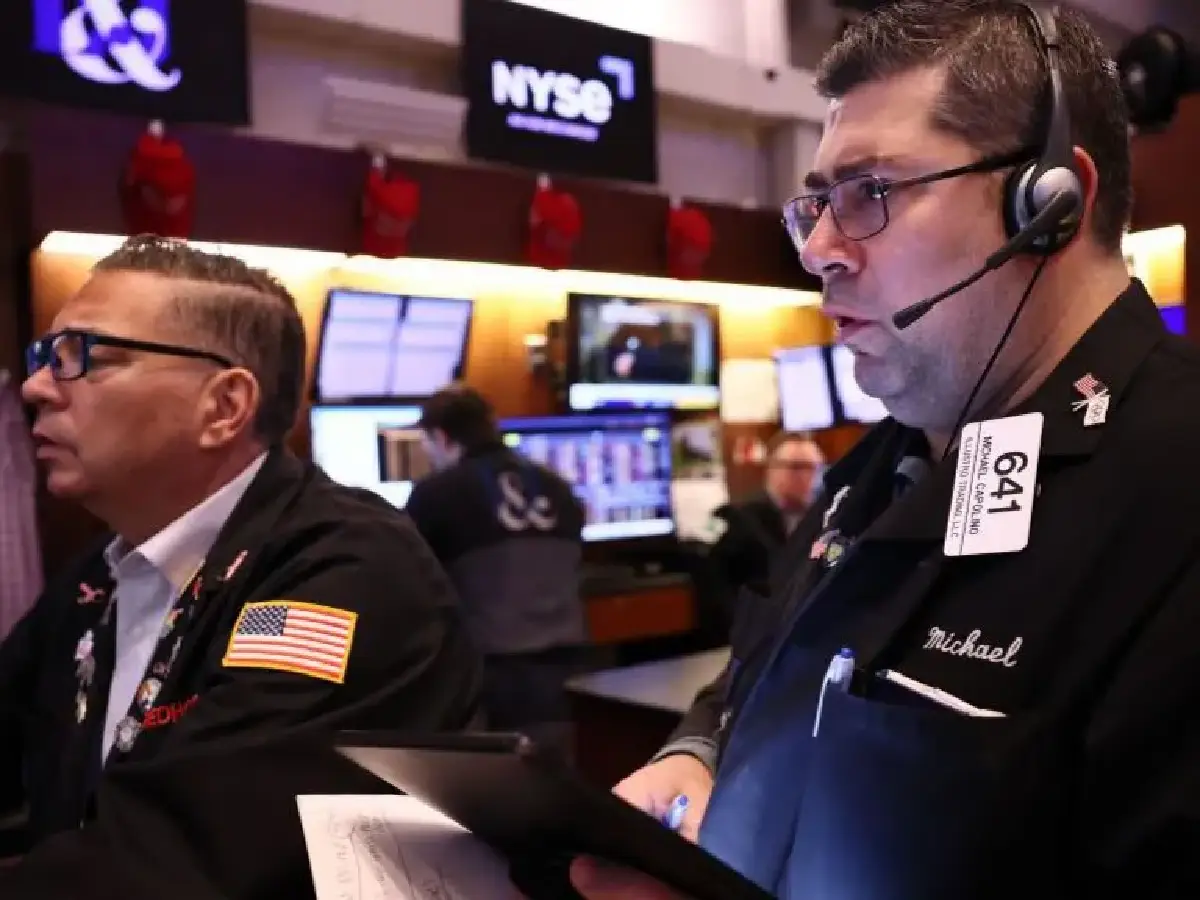## Navigating the Choppy Waters: How Trump’s Tariffs Impact Financial Titans
In recent developments, major financial backers of President Trump are now grappling with the repercussions of his recently imposed tariffs. This move has stirred significant unrest among investors, culminating in a substantial sell-off last week that sent ripples through the financial markets.
### Unpacking the Fallout from Tariff Impositions
The decision to implement tariffs has been one of the standout features of Trump’s economic policy. Aimed at protecting domestic industries from foreign competition, these tariffs have, however, sparked a volley of trade retaliations and affected global trade dynamics. Investors and financial tycoons, many of whom initially supported Trump, are feeling the heat as market volatility surges.
Over the past weekend, key financial players convened to assess the implications of the sharp market downturn. This sell-off reflects broader concerns about the potential slowdown in global trade and its impact on the U.S. economy. The apprehension is palpable as stakeholders from various sectors worry about the long-term effects on their investments and the overall economic landscape.
### Analyzing the Impact on Trade and Investments
The imposition of tariffs has led to a tactical shift in international trade relations. Countries targeted by the tariffs are now reconsidering their trade strategies with the U.S., which could lead to decreased exports and increased costs for U.S. consumers. For investors, this translates to a need for adjusting portfolios to mitigate risks associated with the changing economic policies.
Notably, industries reliant on imported goods are facing increased production costs, which in turn affects pricing, consumer spending, and ultimately, investor returns. This environment of economic uncertainty is prompting a reevaluation of investment strategies among the financial elite who once championed Trump’s economic policies.
### The Broader Economic Implications
The fallout from the tariffs extends beyond trade and investments. There is a growing concern about potential inflationary pressures as domestic products become more expensive due to reduced competition. Additionally, industries not directly impacted by the tariffs may also suffer from a domino effect, as economic growth could stall due to reduced consumer spending and increased production costs across various sectors.
Furthermore, the labor market could experience shifts. Industries struggling to cope with higher costs may cut back on hiring or even lay off workers, which could inadvertently increase unemployment rates. This potential rise in unemployment could exacerbate the economic slowdown, creating a cycle that may be challenging to break.
### Looking Ahead: Financial Strategies in Uncertain Times
As financial markets continue to digest the implications of the tariffs, investors and financial strategists are actively seeking out ways to navigate this tumultuous landscape. Diversification of investment portfolios, increased focus on domestic markets, and exploration of untapped sectors are among the strategies being considered to safeguard assets and maintain financial growth.
Moreover, there’s a call for more robust economic policies that could ease the current market tensions. Engaging in diplomatic negotiations to address and potentially relax tariff impositions could serve as a lever to stabilize the markets and reassure investors.
### Conclusion
The introduction of tariffs by the Trump administration has clearly sent shockwaves through the financial community, particularly among those who initially supported his economic initiatives. As the situation unfolds, it will be crucial for investors and policy-makers alike to stay attuned to global economic indicators and be ready to adapt to an ever-evolving financial landscape. The road ahead is fraught with challenges, but with strategic planning and adaptive economic policies, stability can be restored in financial markets and beyond.
This ongoing scenario underscores the delicate balance between protecting domestic industries and maintaining healthy global trade relationships. As developments continue to emerge, stakeholders must navigate these turbulent waters with caution and strategic foresight.










